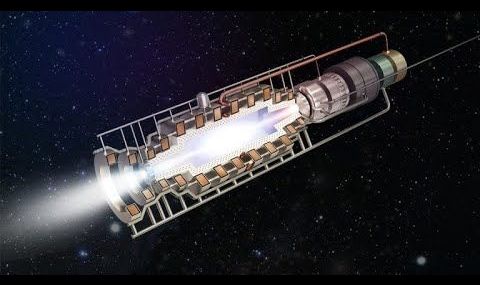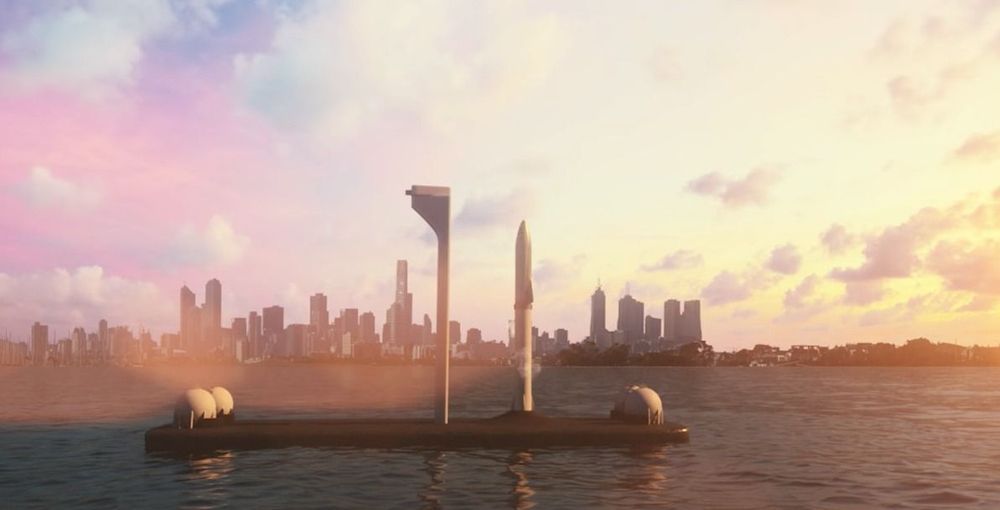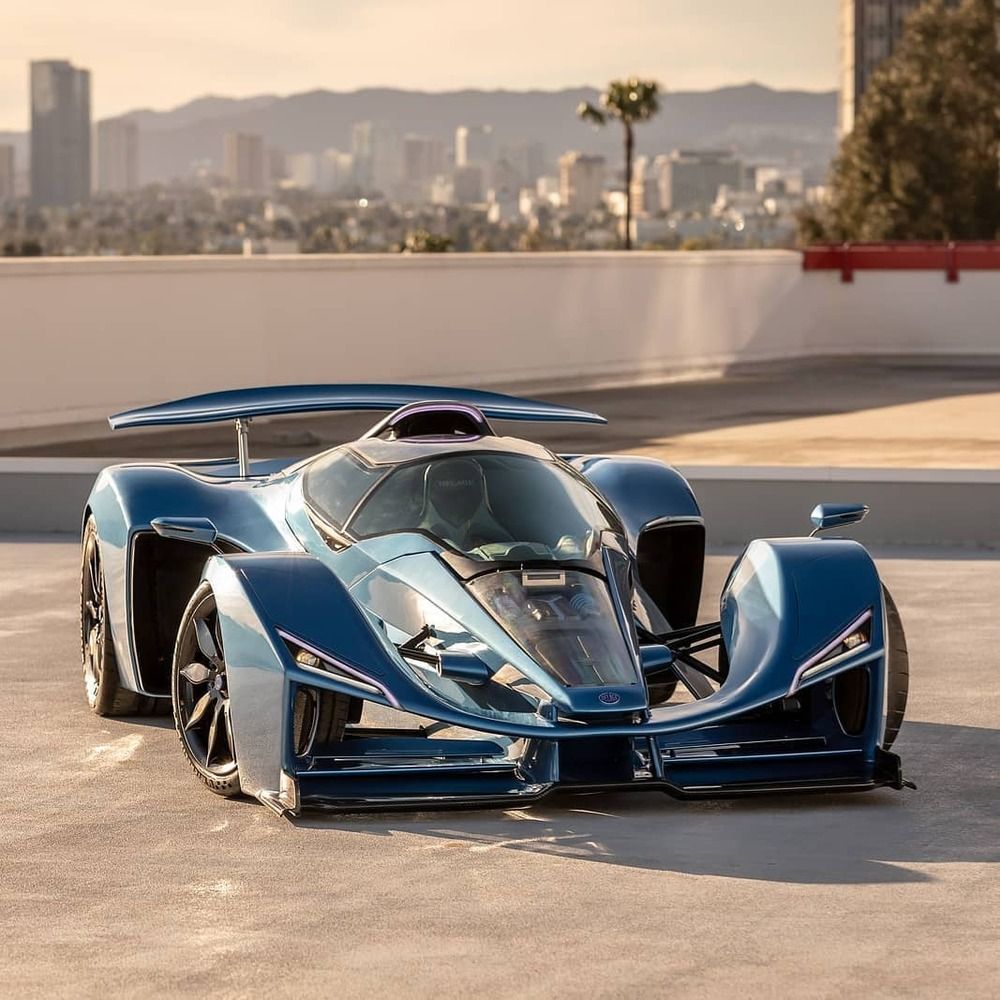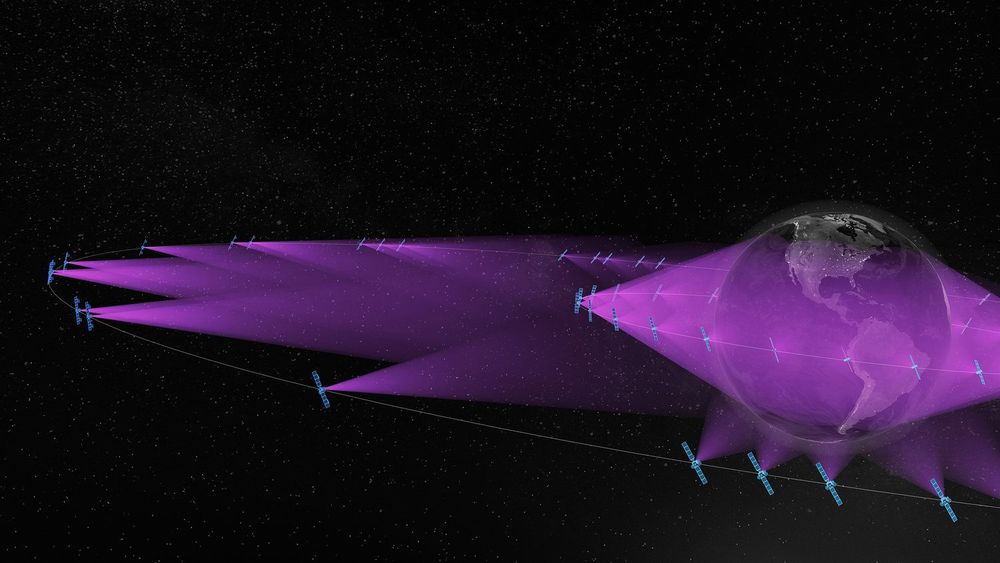Fleet operator SES on Aug. 20 said it selected SpaceX to launch four recently ordered O3b mPower broadband satellites.
SES’s four-satellite expansion order, announced Aug. 7, further increased its launch needs.
SES has now grouped the satellites into trios for the first three Falcon 9 launches, scheduled for the third quarter of 2021, the first quarter of 2022, and the second half of 2022. The last two satellites are projected to launch in the second half of 2024. Each mission will take place from Cape Canaveral, Florida.
The O3b mPower constellation is designed as a multi-terabit global network capable of aiming gigabits of Ka-band capacity at customers in aviation, government, energy and other sectors. The constellation builds off of SES’s current O3b fleet of 20 satellites built by Thales Alenia Space.
WASHINGTON — Fleet operator SES on Aug. 20 said it selected SpaceX to launch four recently ordered O3b mPower broadband satellites.
The agreement means SpaceX will launch all 11 of SES’s O3b mPower satellites to medium Earth orbit across four Falcon 9 launches. Boeing is building all 11 mPower satellites.
SES chose SpaceX in 2019 to launch seven O3b mPower satellites on two Falcon 9 missions in 2021. As the O3b mPower program matured, however, SES realized a max of three O3b mPower satellites could fit on a single Falcon 9, necessitating at least one more launch.









